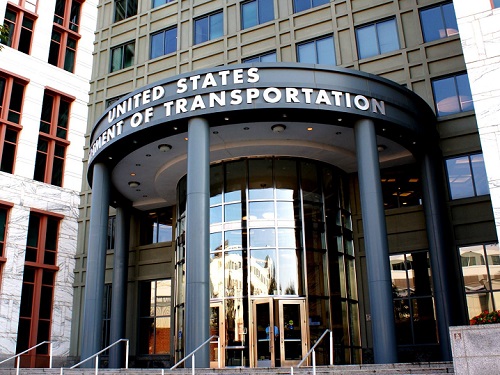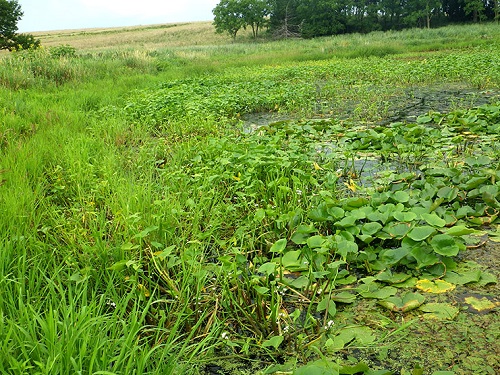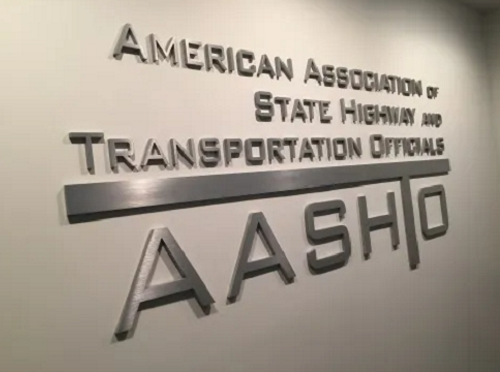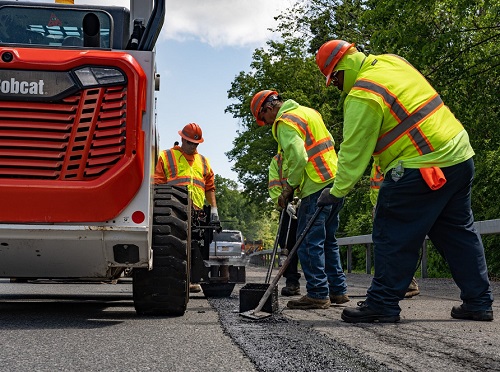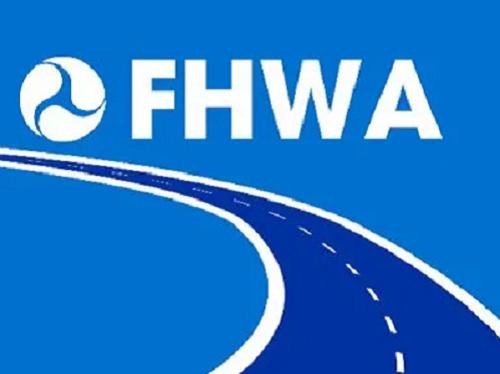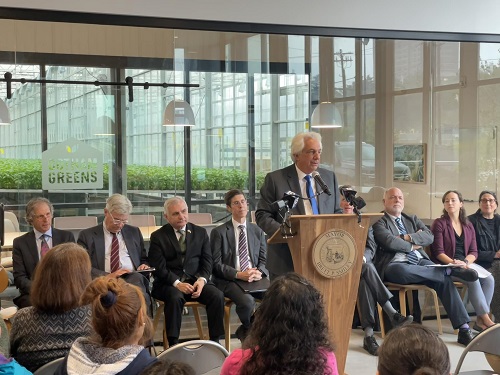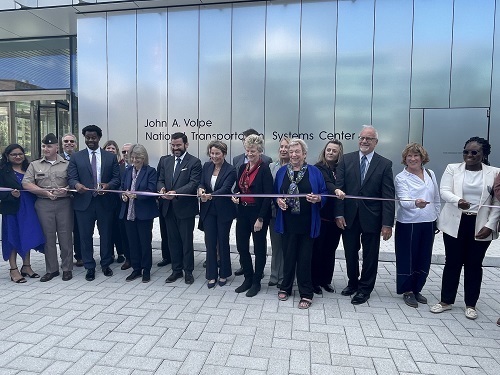FEDERAL ACTION
State DOTs Support National Pedestrian Safety Month -AASHTO Journal
USDOT Equity Committee Working on Recommendations -AASHTO Journal
Why Transportation Planners Should Prioritize the ‘Silently Suffering’ –Governing
Human Environment Digest –FHWA
NEPA
AASHTO Comments on CEQ’s Proposed NEPA Revisions -AASHTO Journal
INFRASTRUCTURE RESILIENCE AND SUSTAINABILITY
New York Offers $165M for Community-Based Projects -AASHTO Journal
Why Tugboats Are Key to the $19 Billion Overhaul of Kennedy Airport -New York Times
AI for good: Google unveils raft of new tech schemes for sustainability –edie
Port of Savannah Seeks to Deepen Shipping Lane Again – Atlanta Journal-Constitution
Decarbonizing the Transportation Sector: How Transportation Demand Management Can Untangle the Nation’s Mobility Crisis Through Efficiency -Association for Commuter Transportation
Charging up EVs: Bridging the apartment gap -Transportation for America (commentary)
AIR QUALITY
Stockholm Bans Diesel, Petrol Cars in City Center From 2025 –CityLab
Ford’s Patent Tracks How Much Your Car is Polluting -Daily Upside
DOJ sues eBay for selling ‘rolling coal’ devices; fines could hit $2 billion –CNBC
First Intercity Zero-Emission, Hydrogen Passenger Trains in North America Coming to California –Caltrans (media release)
ENVIRONMENTAL JUSTICE
California Governor Signs Bill Creating ‘Ebony Alerts’ For Missing Black Women, Children -KABC-TV
Equity Moves to the Center of Transportation Planning in Austin -Government Technology
ZIP code discrimination, pollution top concerns at DEP meeting on environmental justice policy –Pennsylvania Capital-Star
A new U-Md. research center will study fairer, greener transportation networks -Washington Post
LADOT Launches Universal Basic Mobility Pilot -LA Department of Transportation (blog)
DOL Scales Program to Expand Equal Opportunity, Diversity In Construction Trades for Jobs On Large Infrastructure Projects -U.S. Department of Labor (media release)
NATURAL RESOURCES
Iowa DOT Experimenting With Road Salt Application -KSOM Radio
Arkansas DOT preparing for heavy traffic during the 2024 total solar eclipse -KHBS/KHOG-TV
When It Comes to Urban Trees, More Isn’t Always Better –CityLab
CULTURAL RESOURCES
150-year-old Florida Keys lighthouse illuminated for first time in a decade –AP
Cambridge to install street signs in American Indian language -WGBH Radio
HEALTH AND HUMAN ENVIRONMENT/ACTIVE TRANSPORTATION
Ohio DOT Helps Equip Rest Areas with Naloxone Kits -AASHTO Journal
RIDOT Helps Support ‘Gotham Greens’ Path Project -AASHTO Journal
Iowa DOT approves $1.5 million funding for 3 trail projects -KCCI-TV
ADOT recommends improvements to reopen 5 miles of Apache Trail -Queen Creek Sun Times
Truesdale, MO approves active transportation plan -Warren County Record
Chico, CA Active Transportation Plan ready for fresh input -Enterprise-Record
Raleigh’s investment in cycling infrastructure paying off in big way, data shows -WRAL-TV
New York City Mayor Promises 40-Mile Greenway Expansion, Mostly Along Waterfronts –Gothamist
TRB RESOURCES/ANNOUNCEMENTS
Webinar: Carpool-based Parking Assignment Policy -National Institute for Congestion Reduction
Gender roles and identities influence transportation needs and experiences, new equity-focused research finds -University of Minnesota Center for Transportation Studies
FEDERAL REGISTER NOTICES
Reformulated Gasoline Covered Areas -EPA (Final rule)
Revisions to the Air Emissions Reporting Requirements -EPA (Proposed rule; extension of comment period)
Women of Trucking Advisory Board (WOTAB); Notice of Public Meeting -Federal Motor Carrier Safety Administration (Notice of public meeting)

